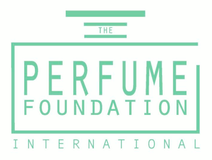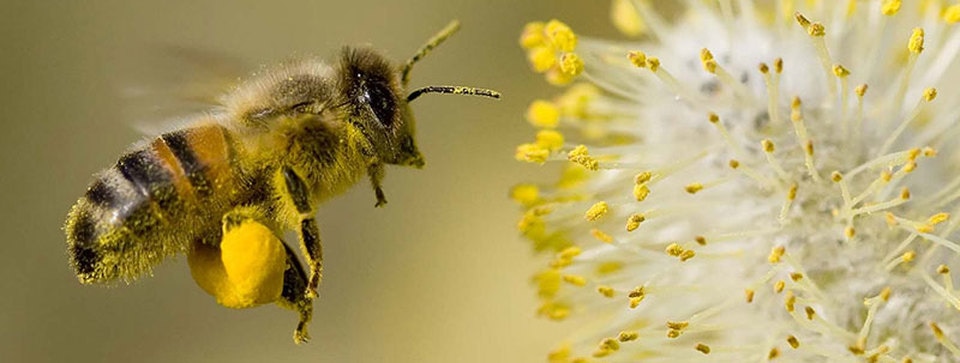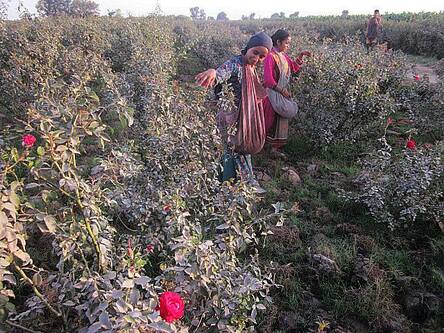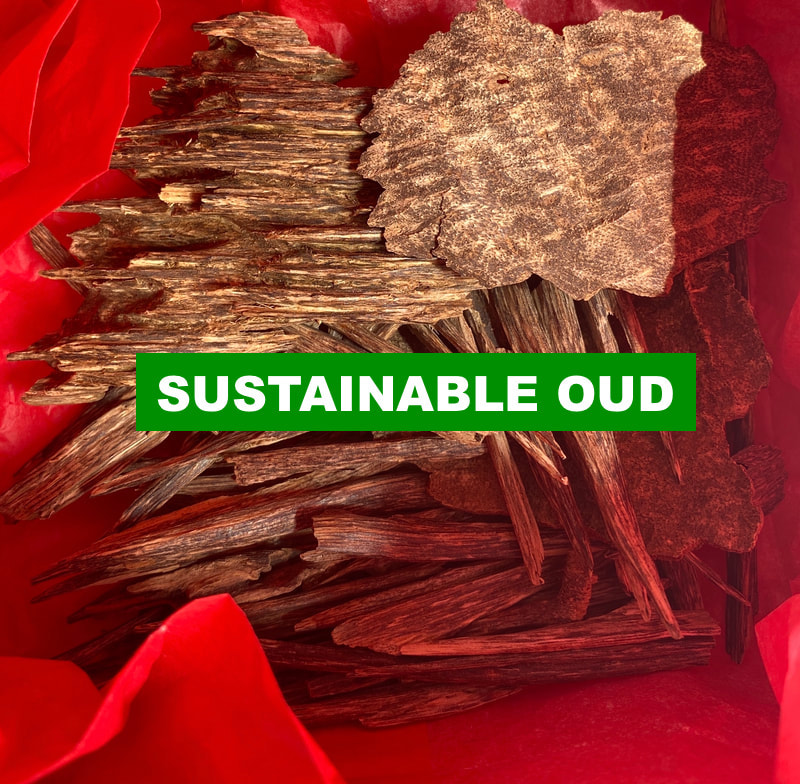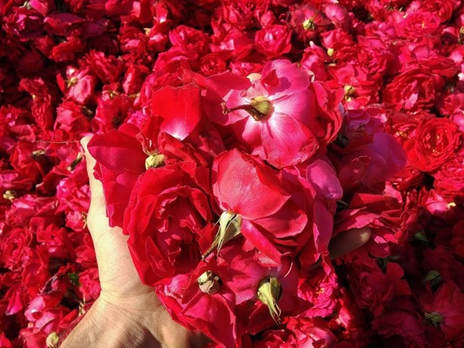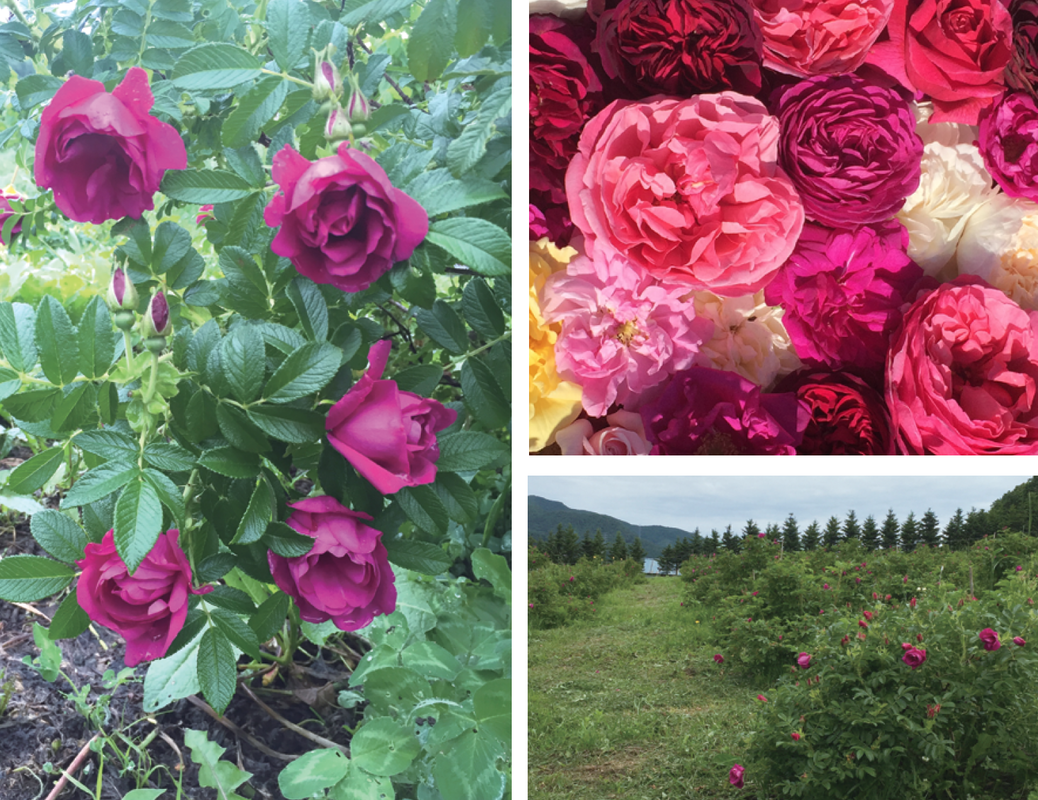GROWING FOR FRAGRANCES AND FOR BEES
HAVE YOU EVER IMAGINED A WORLD WITHOUT BEES?
Picture a place where there are no trees to provide shade or for kids to climb. What would life be like without juicy peaches in the summer or green chiles to roast in the fall?
If it weren’t for bees, none of those things would exist.
Although small, bees are mighty and have tremendously important work to do globally for the reproduction of 90 percent of the world’s wild plant species.
People should remember the important connection with natural foods, natural fragrances, flower fields and bees.
Bees are really too busy working to worry about people. In fact, the world’s population relies on bees to help grow about one-third of all its food. As professional pollinators, bees will fly to between 50 and 100 flowers in a single trip, foraging for pollen and nectar and faithfully returning to their hives. They are loyal, lifetime employees of Mother Nature.
If it weren’t for bees, none of those things would exist.
Although small, bees are mighty and have tremendously important work to do globally for the reproduction of 90 percent of the world’s wild plant species.
People should remember the important connection with natural foods, natural fragrances, flower fields and bees.
Bees are really too busy working to worry about people. In fact, the world’s population relies on bees to help grow about one-third of all its food. As professional pollinators, bees will fly to between 50 and 100 flowers in a single trip, foraging for pollen and nectar and faithfully returning to their hives. They are loyal, lifetime employees of Mother Nature.
|
Flower and plant growers represent the beginning point in the fragrance supply chain.
In order to maintain the highest quality and safest raw materials, the World Heritage Program (WHP) targets the best locations for the best flowers and plants grown under the highest, best-practice flower growing policies. The flowers and plants WHP targets include roses, aquilaria (for the oud fragrance), sandalwood, jasmine, lilacs, patchouli and many other flowers, plants and herbs grown for fragrance. |
|
|
|
Ever since the chemical industry began creating and patenting synthetic scent molecules, flower fields have been disappearing worldwide. WHP returns the beautiful fields of flowers to the world that ended when perfumes lost their flowers.
WHP works with the IPF Natural Fragrance Teacher’ Academy to insure growing is done with the latest, up-to-date methods. For example, growing for fragrance is not the same as growing for fresh cut flowers, since pesticide usage is not allowed, and so alternative, natural controls must be utilized. Also, rebuilding bee and other pollinators’ habitats have to be incorporated in the growing processes. |
|
Once these sustainable growing practices are in place, the International Perfume Foundation certifies flower and plant growers. “Will we have to tell our children and grandchildren that what was once an important part of our culture was allowed to vanish and to be replaced by chemical substitutes?
Or will we recognize that there is still time to rescue this important and beneficial heritage from extinction if we act now? This is the choice we all face.” Creezy Courtoy, IPF Chairman |
